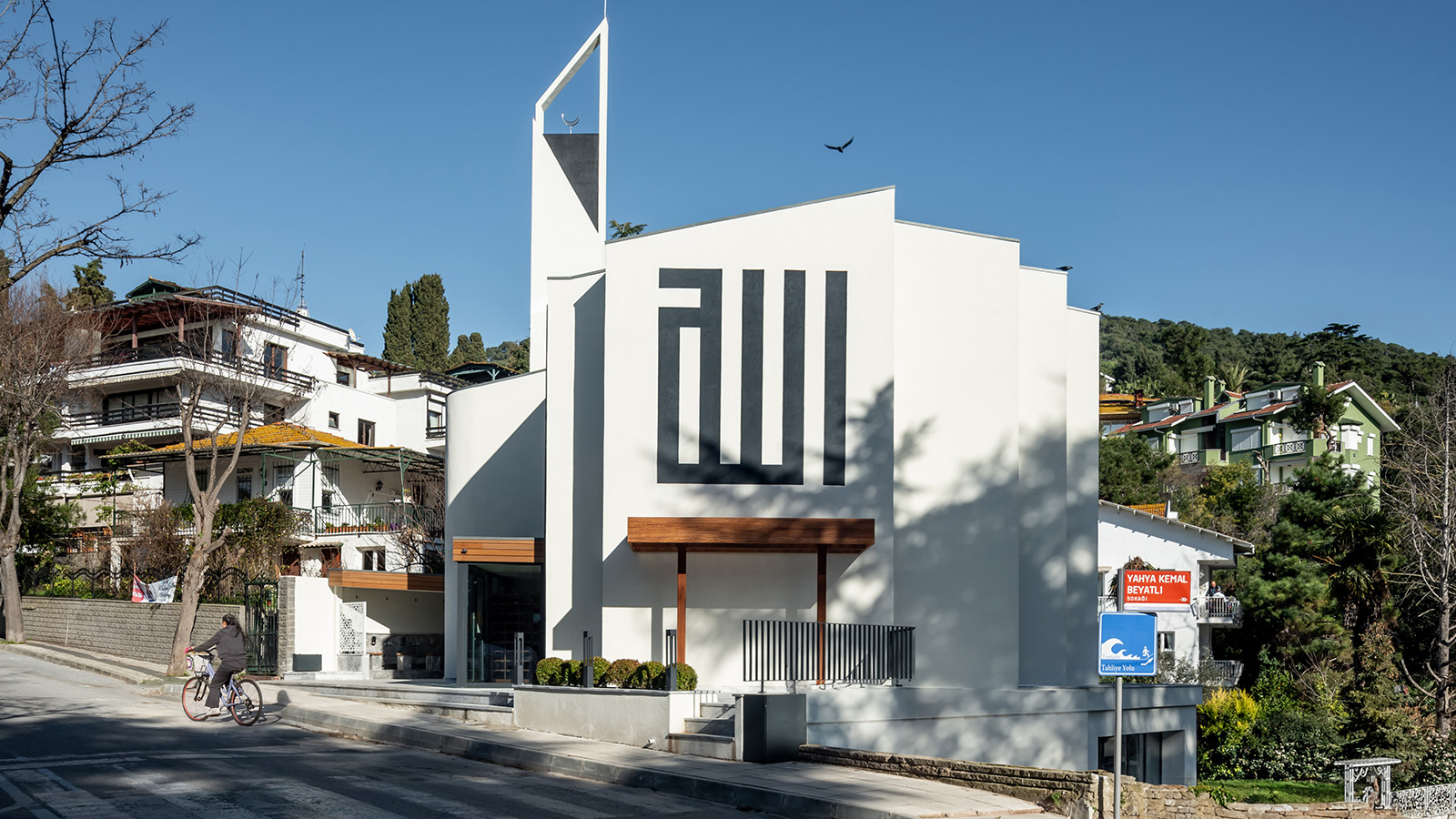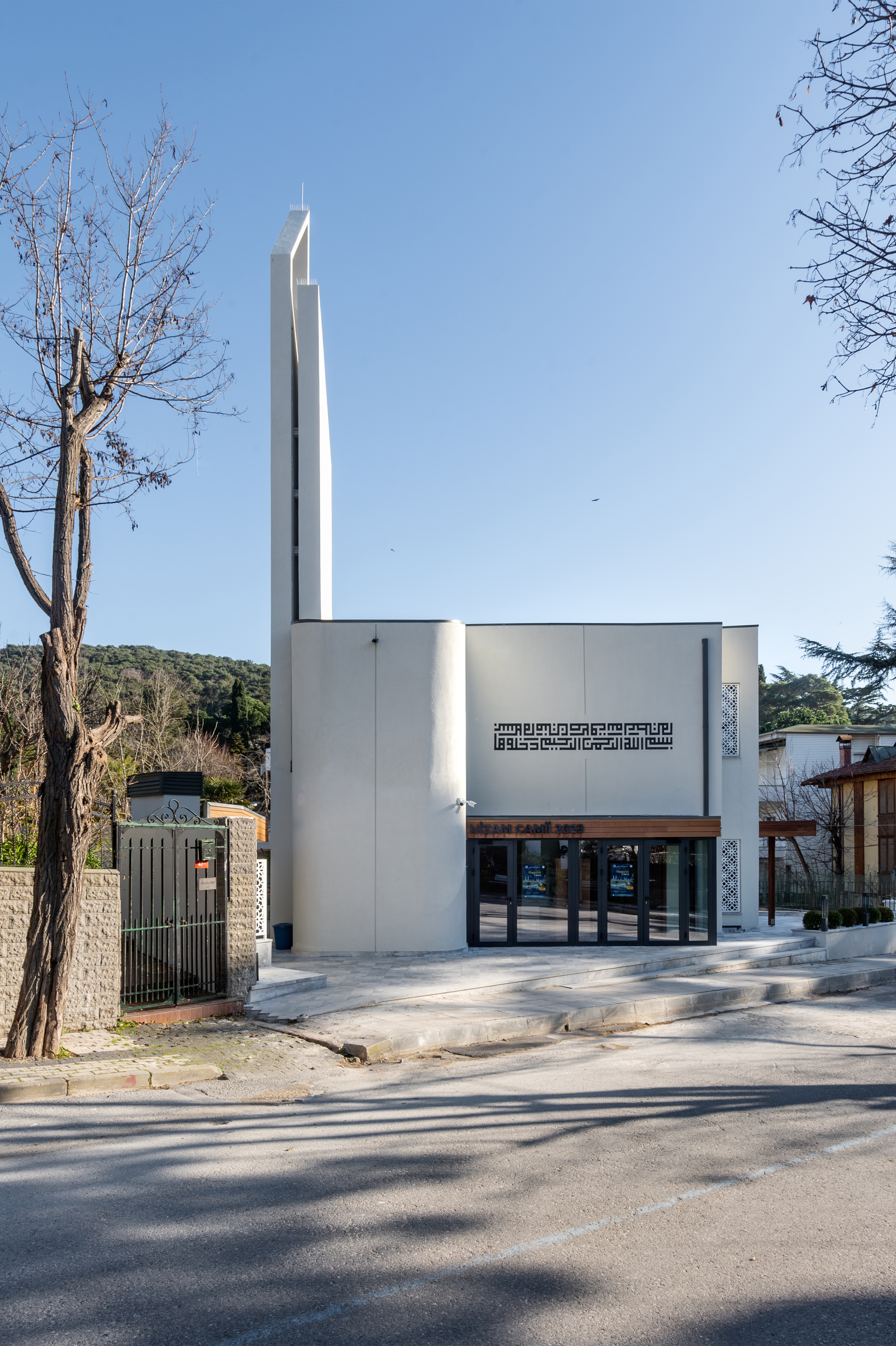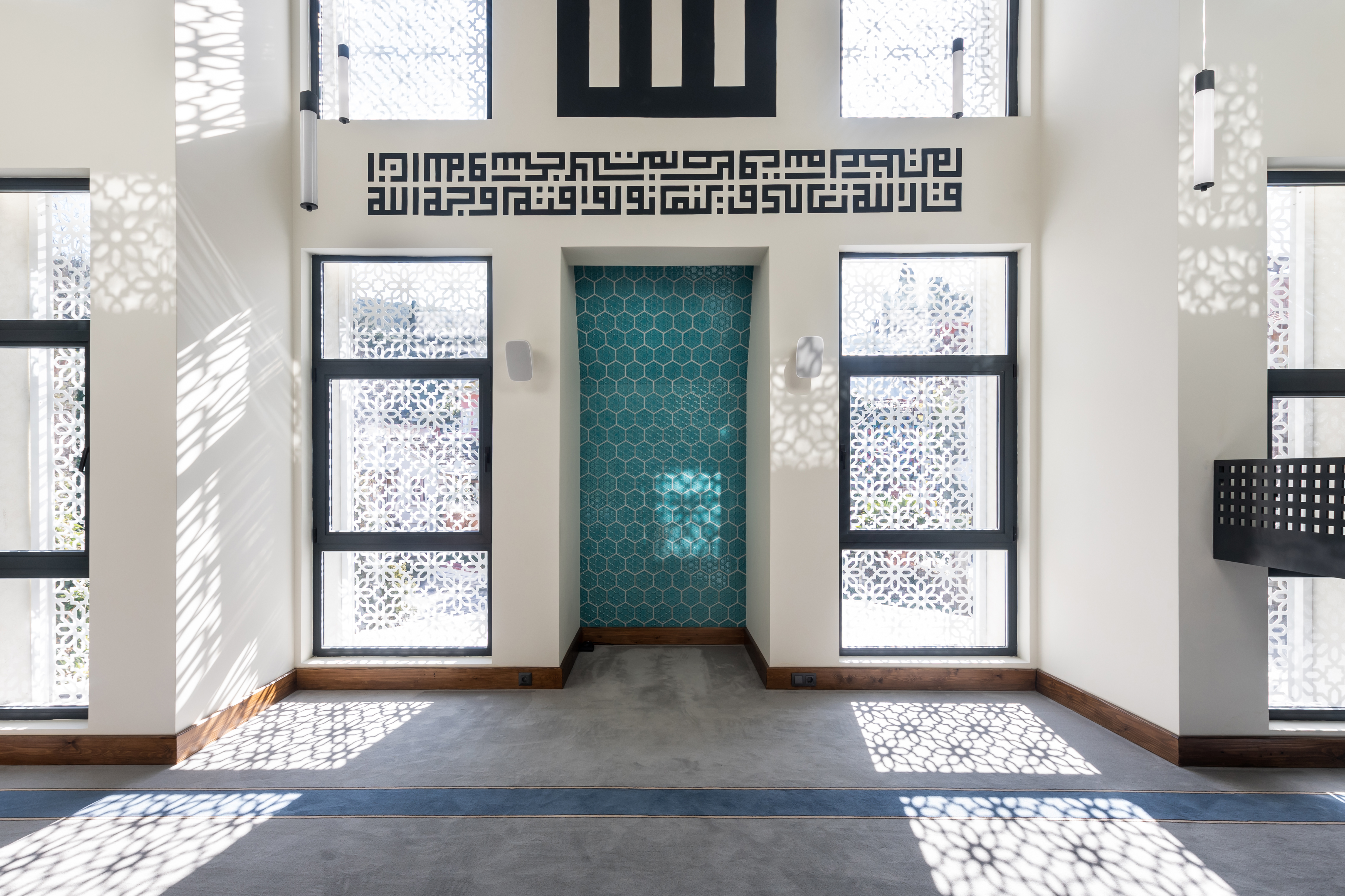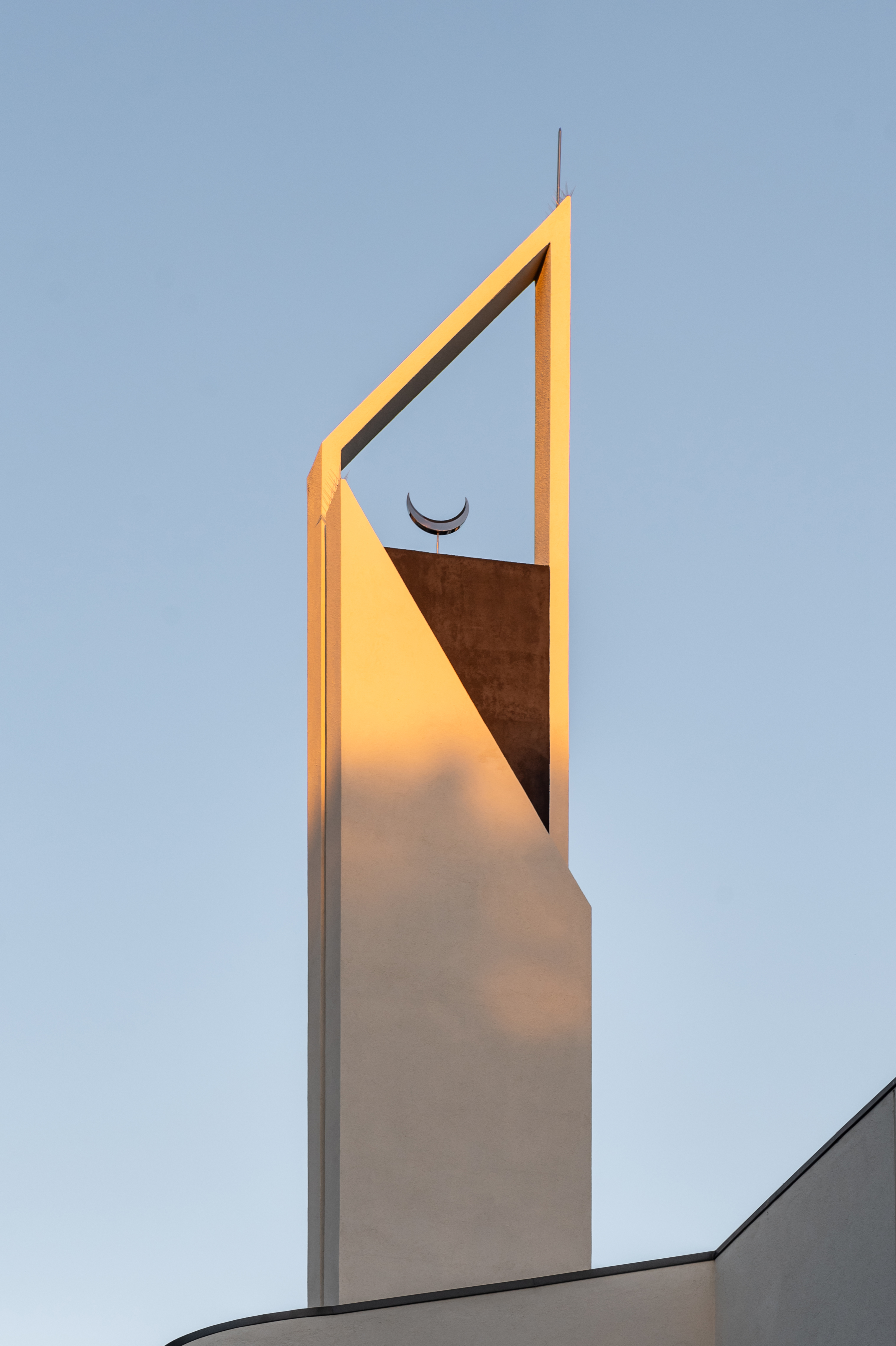
The location of this Istanbul mosque, the island of Büyükada, about an hour away via a ride on the city's historic vapur (ferry), is a welcomed detachment from the Turkish metropolis' intense bustle. Once the summer getaway of Istanbul’s well-heeled Greek, Armenian, and Jewish people, and members of the Ottoman court, former lavish residences line the car-free streets in between flowering trees and private gardens. Here, on the island’s northwestern side, an old mosque with great functional inadequacies was replaced with a new design, created by the Istanbul-based architecture practice Degostudio.

Step inside this modern Istanbul mosque
Deviating entirely from the typical mosque style seen all over Istanbul, Degostudio focused on a structure of original aesthetic that aims to harmonise with its surroundings. A 'different' mosque emerged, replacing the old, with a contemporary, structurally competent design, which solved previous functional issues such as a lack of disabled access and natural light and air.

Located on a relatively small parcel of 200 sq m, the project features seemingly fragmented walls – the mosque’s main façade elements. This feature was the result of the parcel layout and the relationship of facing Qibla. To increase the worship space (and capacity), the mosque’s mass was positioned symmetrically, narrowing from two sides towards the mihrab, which can be viewed from every point of prayer within the main space.

Two more elements complete the main mosque mass: a staircase that provides access to the mezzanine and is surrounded by curvilinear walls, and the minaret itself, the building’s only vertical element. Without a dome, often found in the classic mosque design, the minaret of the new Nizam Mosque is the only indicator of its religious symbolism.

Vertical joinery placed between segmented walls not only lightens the structure but also allows for natural light to stream into the interior during the day, following the movement of the sun as it's felt within the space.

To prevent thermal load within the building, especially on hot summer days, metal sunshades were placed in front of the mihrab joinery. Inspired by traditional patterns, the ornate shadows that fall within the interior at different times of the day act as a form of dynamic decoration.

Overall, decorative elements were kept modest, and include Kufic inscription on the exterior wall. Specially designed hexagonal ceramics on the mosque’s side walls, reminiscent of the traditional Iznik tile designs, and the carvings on the wooden entrance door were influenced by traditional decorations.
Once again deviating from the typology's norm, the mihrab was treated as a niche, devoid of ornaments, and the pulpit is a simple cantilever staircase. The wood-panelled, suspended ceiling is completed with opening skylights at two points, allowing for hot air to be diffused naturally.








